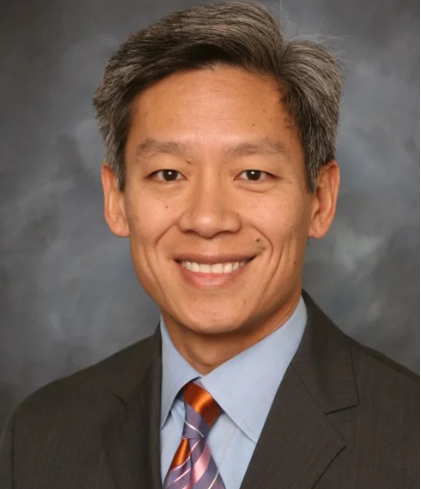Almost everyone will experience some degree of degeneration, or wearing down, of the cushiony discs in their spine as they age. For some people, this process doesn’t cause any problems, but for others, chronic neck pain and radiating arm pain, numbness, or weakness can develop. When treatments such as physical therapy and anti-inflammatory medications don’t fix the problem, a surgical procedure known as anterior cervical discectomy and fusion (ACDF) may be suggested. If this is an option you’d like to explore, here are some of the key things you should know.
The Basics of ACDF
ACDF is used to treat damaged discs in your neck, often caused by degenerative disc disease or herniated discs. These conditions can cause painful inflammation, loss of flexibility, and pinched nerves, leading to uncomfortable symptoms in your neck, shoulders, arms, hands, and fingers.
Though the term “anterior cervical discectomy and fusion” may sound big and confusing, the name simply describes the procedure. “Anterior cervical discectomy” refers to the portion of the surgery during which the damaged disc is removed through a small incision in the front (anterior) of your neck. Any disc fragments or bone spurs are also removed from the spinal canal to take pressure off your spinal nerves. The “fusion” is the second part of the procedure. A bone graft is used to fill the space the disc used to occupy between the two bones in your neck, called vertebrae. Over time, the bone graft encourages the vertebrae to grow or “fuse” together into a solid bone.
By taking out the damaged disc, relieving compressed nerves, and providing stability to the joint, ACDF may greatly reduce—and perhaps even eliminate—your neck and arm pain.
What to Expect After ACDF Surgery
As with any surgical procedure, recovery from ACDF takes some time, but most people do quite well. ACDF is often done as a minimally invasive outpatient procedure, which means you’ll go home the same day. Your incision will be very small and is usually placed in one of the natural creases of your neck, so you may not even have a noticeable scar.
Minimally invasive spine surgery uses advanced equipment, such as operating microscopes, to allow your surgeon to see the surgical area in great detail and perform the procedure through small openings. Because this causes less trauma to your muscles and tissues, you are likely to experience less pain and fewer complications than you might during traditional surgery. Your neck (and hip if bone graft was harvested from your own body) may be a bit sore, but this is usually managed well with pain relievers.
You’ll have to be careful with your activities in the weeks after surgery so you don’t disrupt your vertebrae from fusing together. Your doctor will provide you with specific details, but some things you may need to avoid after ACDF surgery include:
- Limitations on how much you can lift
- Lifting above your head
- Bending your neck forward or backward
- Repetitive movements
- Vigorous exercise
Alternatives to ACDF
Artificial disc replacement is another type of spine surgery used to treat degenerative or herniated discs in your neck. After removing your damaged disc, rather than fusing that joint in your neck, an artificial disc is inserted into its place. The benefit of this procedure is that it maintains the normal movement in your neck, rather than fusing two bones together. Unlike the fusion that needs time to fuse, artificial disc recovery is often quicker because you can bend, twist, and move immediately after surgery.
Both ACDF and artificial disc replacement can be quite successful for treating neck and arm pain. Your surgeon should look at your individual case to decide which one is best for you. Your history of previous spinal surgery, the presence of other conditions such as arthritis, and how many levels of your spine are affected are the types of factors that should be considered when determining which route to take.
If you are looking for a surgeon you can trust to perform your neck surgery, come visit our team at DISC Sports & Spine Center. Our world-renowned physicians are available to evaluate your condition and discuss your needs in order to develop a treatment plan that is tailored to you. Whether it’s ACDF, artificial disc replacement, or perhaps a new non-surgical treatment option you haven’t considered before, let us show you how we can help.

About the author
Richard Kim, M.D. Born and raised in Southern California, Dr. Richard Kim earned his undergraduate degree in biochemistry from University of California, Riverside. This followed with a Master of Science in biochemistry and neurophysiology. He then earned his medical degree from St. Louis University School of Medicine in Missouri, graduating Magna Cum Laude. Read more articles by Richard Kim, M.D..





